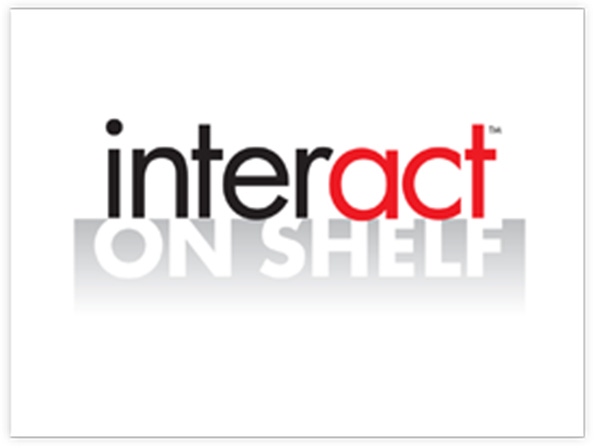Packaging's influence on your company's early-stage success
How do you get the most bang for your buck with a startup marketing budget? Branding and packaging pros Interact On Shelf suggest focusing on these three areas to maximize your potential for success.
January 28, 2014

For startup brands preparing to launch into retail, deciding where to invest your precious and few marketing dollars can be a tough, high-pressure call.
Beyond investing in the building blocks you need to produce and ship your products, where can you make the biggest impact on your sales with the cash you have left? Consider investing in these three areas with your early marketing dollars:

Custom websites
Do brands even need one nowadays? For the few retailers or customers who expect brands to have websites and seek out "more information," a Facebook page will typically suffice. Don’t overestimate the value of an expensive website at this stage of the game, but also avoid designing one yourself on the cheap—a poorly designed site can send a worse message than no site at all.
Demos
Entrepreneurs love the idea of connecting with shoppers one-on-one, sharing their passion and putting products in the hands and mouths of potential consumers to encourage a trial purchase. Demos are a great idea; they’re a more direct influence on purchases than media, but like paid media, they’re not sustainable. They’re expensive and taxing to execute, and they yield results slowly (one store at a time).
Packaging
For small companies especially, packaging will have the most influence on your viability out of the gate. If shoppers buy, you stay on shelf and build your business. If shoppers don’t buy, you’re off shelf almost as soon as you were allowed on.
Unlike other marketing options, packaging is present at every potential buying situation, every second of every day.
If executed wonderfully, packaging can be a game changer; it can convert shoppers and steal share from larger competitors, building a customer base simply by winning at shelf.
But too often, startups risk their enterprise by hiring the least expensive option to design their package. Packaging should be designed to account for the competitive set as well as the biases and expectations shoppers use when they shop the category. Yet, these perspectives rarely come from design generalists; instead, they come from package design specialists who study the art and science of packaging and how design, messaging, hierarchy and tone all play a role in building trust, connection and sales.
With so much riding on packaging’s ability to generate sales, startups would be wise to invest whatever it takes to ensure that their most valuable asset is in the right hands before going to market.
You May Also Like


